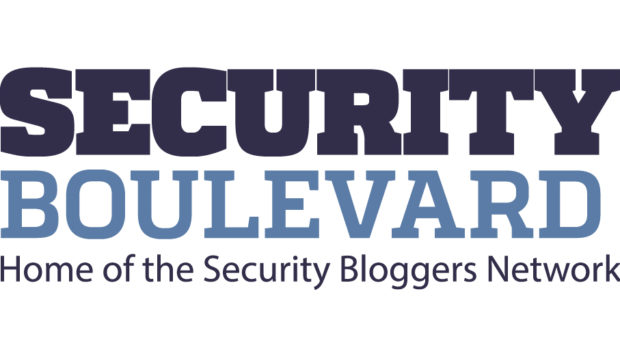It’s Time to Stop Waiting for Application Security to Find You
If software is the gooey center of the business world, what can we do to harden it? As a CISO, business manager, industry professional or anyone else interested in keeping applications and infrastructure secure, what can you do to stay current and competitive in the quest for successful digital transformation? It’s no secret that developing, deploying and continuously updating vulnerability-free code is a daunting task. It’s also not a surprise that security is continually challenged to keep pace.
It’s time to stop treading water and simplify the management and remediation of your software vulnerabilities. But to do this, you need information and insight. And you’ll also need to know more about how to orchestrate your vulnerability discovery.
OK—but how?
Simply securing code isn’t enough. You need a comprehensive, real-time view of all risks inherent to your software and infrastructure, across the Cloud, as well as on-premise and hybrid environments. Risk-based vulnerability orchestration provides this. It goes beyond the niche automation capabilities of threat and application vulnerability management by removing the need to manage disparate scanning tools individually. This level of automation is part of a cohesive system known as application vulnerability orchestration, and it enables the consistent implementation and management of workflows across all tools, throughout the entire software development lifecycle (SDLC).
Automated orchestration correlates the copious data resulting from scans, so it’s easier to prioritize vulnerabilities and speed remediation. It essentially integrates security directly into the development process without impeding the work of these teams. This type of visibility offers a clearer view of actionable business risk while saving valuable resources.
What’s wrong with what I’m doing now?
The statistics are overwhelming—applications today are simply not designed with security in mind. While security teams have numerous scanning tools at their disposal, all of them work and rate vulnerabilities differently, at specific points in time. This means security teams are spending more time addressing alerts from disparate tools than on actually correlating and addressing their overall threat matrix.
This problem is only expected to get worse as demand for applications—and the pervasive cybersecurity skills shortage—grows. If conventional processes don’t change, this challenge translates into overworked staff, high labor costs and no economies of scale.
Why isn’t automation enough?
Let’s set the record straight. Security practitioners have plenty of data. The problem is, how do you encapsulate that information to gain better insight into the real exposure you’re facing? In trying to tackle this challenge, many people use the terms automation and orchestration synonymously. But the truth is, they’re not the same.
Automation allows for the completion of a single task without human assistance. Orchestration, however, involves the completion of several tasks by organizing workflows instead of singular objectives. As such, automation is more narrow, more targeted and ultimately, more ineffective. Orchestration expands the use of automation to facilitate the large configuration, coordination and management of systems and software. But it’s also important to remember, this is just the tip of the iceberg. Vulnerability orchestration also addresses scalability and creates harmony among systems and people.
Orchestrating the management of your security tools throughout the entire software lifecycle—from code commit to build-outs to actual deployments—addresses some of the most significant questions organizations are asking today about their security posture. With a holistic view of risk, security teams can confidently provide data-driven answers to questions around security, compliance, productivity and cost management. If maintaining your competitive edge and your peace of mind matter, orchestration can help. Why? Because it bridges cultural divides across areas like development, quality assurance, infrastructure and security.
How do I get started?
Whether you’re ready to fully embrace orchestrated discovery, or you’re looking for ways to incrementally increase your ability to prioritize vulnerabilities, getting started is easier than it sounds. There are smart, cost-effective steps you can take right now to mitigate business risk.
But before you embark upon digital transformation initiatives, from DevOps to microservices to the Cloud, you’ll need to study up and think about what works for you. We’re here to help. Download and read our essential eBook to discover how your organization can enable stronger security across applications right now.








Gloss